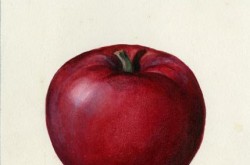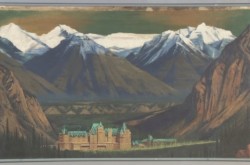The Last Spike
This article was originally written and submitted as part of a Canada 150 Project, the Innovation Storybook, to crowdsource stories of Canadian innovation with partners across Canada. The content has since been migrated to Ingenium’s Channel, a digital hub featuring curated content related to science, technology and innovation.
The “last” spike was really the “second-to-last” spike.
It took two swings for Canadian Pacific Railway (CPR) financier and director Donald A. Smith to drive the final spike in Canada’s transcontinental railway. Smith represented CPR executives at a small ceremony on November 7, 1885, at Craigellachie, British Columbia. On his first attempt, Smith bent the spike. Workers replaced it with another, which Smith drove cleanly home. That spike symbolically completed the 4,800-kilometre railway and fulfilled British Columbia’s condition for entering Confederation. The simple iron spike was one of millions produced in eastern Canadian ironworks and hammered into place by thousands of workers from Canada, Europe, and China. CPR officials later removed the ceremonial last spike from the railbed in Craigellachie and sent it to CPR headquarters in Montreal. Donald Smith pocketed the bent spike as a souvenir and used parts of it to make commemorative pins. When the actual last spike disappeared from the CPR president’s office, Smith’s souvenir suddenly became a national icon. Although the worse for wear, this spike has come to represent the completion of a monumental engineering feat and the formation of Canada as a transcontinental nation.
Transcript
Canada Science and Technology Museum
The Last Spike, ca. 1885
CPR/Transcontinental Line


























